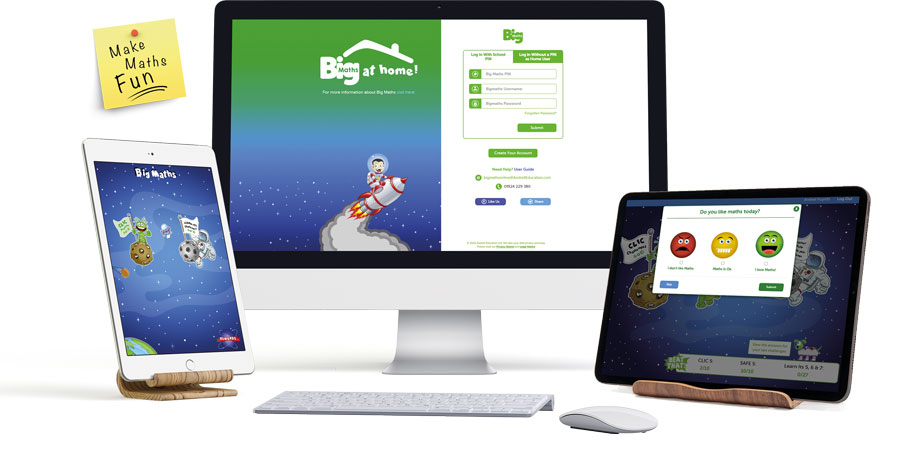How does Big Maths work?
CLIC & SAFE
The Big Maths framework is based upon the natural progression of maths; heavily influenced, inspired and informed by the work of leading educationalists, researchers and practitioners. Uniquely, we split the curriculum into Basic Skills and Wider Maths Skills, and then split those areas down into the sections shown below. We recommend that teachers prioritise a child’s Basic Skills journey, ensuring that children become confident and fluent in number, with excellent mental maths skills.
Basic Skills:
Wider Maths Skills:
Counting
Learn Its
It’s Nothing New
Calculation
Shape
Amounts
Fractions
Explaining Data
Progress Drives and Small Steps
Each section of our CLIC and SAFE framework is home to a number of Progress Drives. A Progress Drive is a sequence of small steps of learning that lead to a larger objective. In Big Maths each small step is mapped to a Year and Term, guided by the expectations of your curriculum. This makes tracking attainment and progress, and lesson planning simple, particularly when you use Big Maths Online. Each step has a Learning Objective and ‘Remember To’s, the success criteria for that objective. This image shows all of the Progress Drives, where they begin in relation to Reception in the Centre and end at Year 6 or Primary 7 on the outer circle, illustrating how detailed the Big Maths framework is.
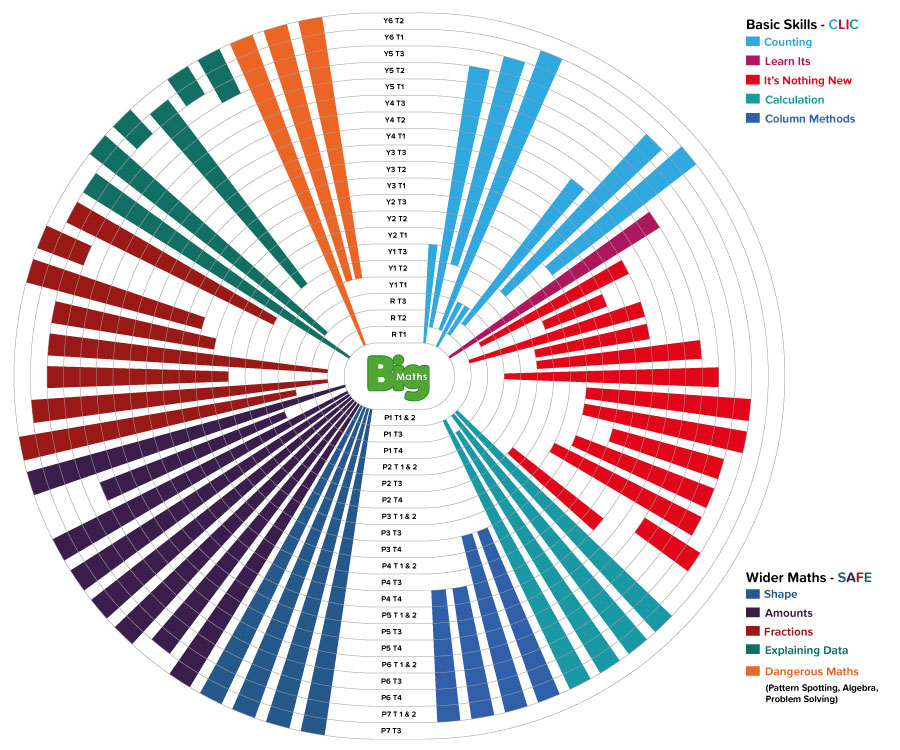
Big Maths works in Small Steps!
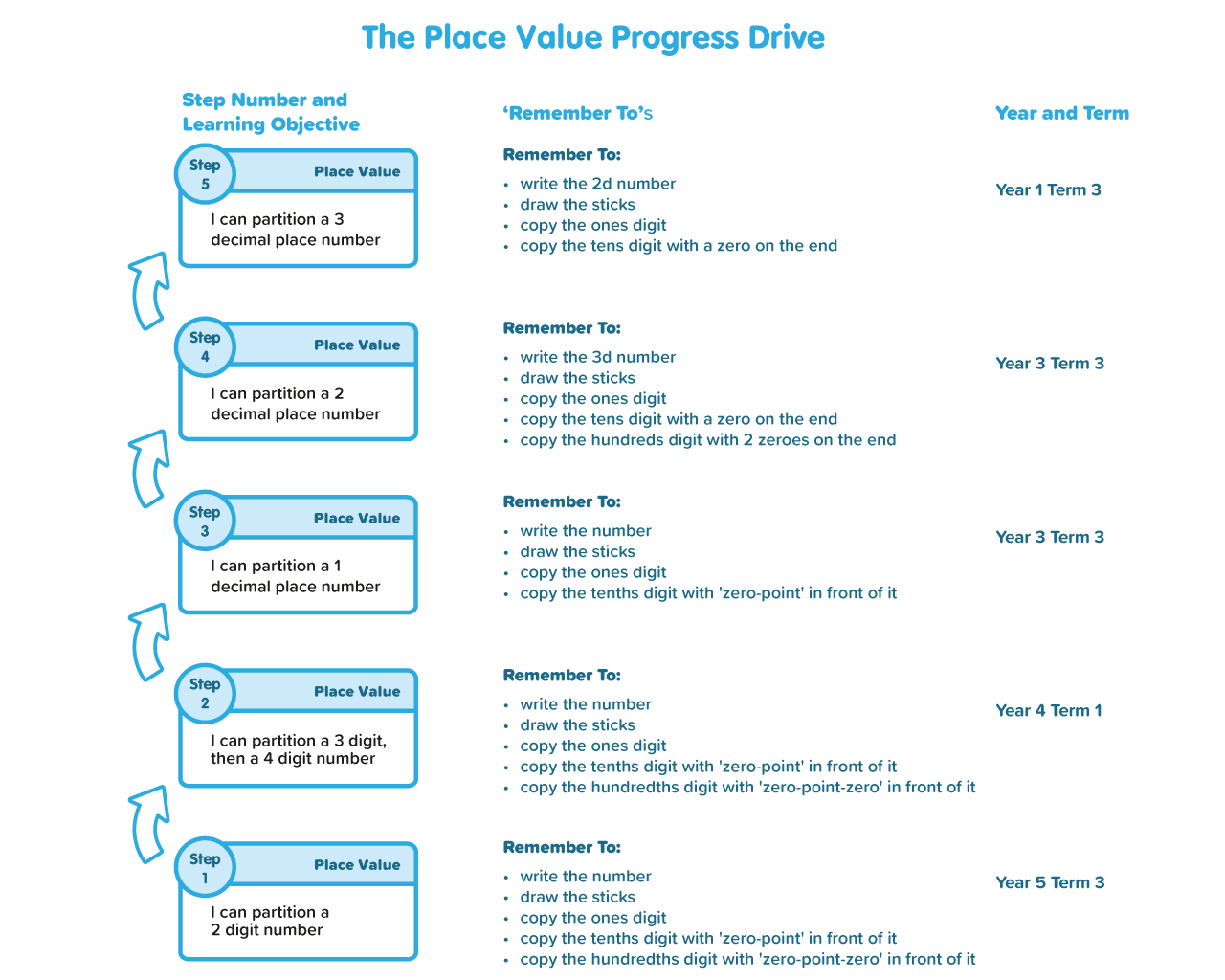
The number of steps varies by progress drive, in Place Value for example, there are just 5 steps. This image shows each step, with its Learning Objective, ‘Remember To’s and the Year and Term that it is mapped to in the English National Curriculum.
Big Maths works because our steps are deliberately small, to avoid any gaps for pupils to ‘fall into’, and allow teachers to ‘nudge’ understanding forwards. In this manner, children are afforded the time and focus to ensure they secure skills in long-term memory.
‘I do’, ‘We do’, ‘You do’ Teaching
We advocate the ‘I do’, ‘We do’, ‘You do’ (also known as the Gradual Release model) approach to teaching, which begins with teachers introducing a skill and finishes with learners working independently. Children should be guided from:
- ‘I do’ where the teacher models the new skill, to
- ‘We do’ where the teacher scaffolds and guides learners to build confidence, gauging their readiness to work independently with the new skill, to then
- ‘You do’ where the focus is on ensuring learners are now able to carry out the new skill independently.
Once learners can use the new skill independently, our ‘Spaced Practice Resources’ allow them to ‘Do It Again’ (and again…), practising the skill so that they can use it with confidence in real life. Big Maths supports fluency and mental maths skills, encouraging teachers to focus on what children know, rather than what is suggested based on their age.

What do your pupils know?
The introduction of Big Maths begins with a baseline assessment. Big Maths works from a pupil’s reality, beginning with the most basic learning gaps, and not chronological age like most approaches. Once you have identified the level that your pupils are working at, the immediate priority is to address (and reduce if necessary) the spread of ability in your class. The first few weeks of implementation target:
- The Learning Gaps identified in your baseline assessments,
- The spread of ability in your class,
- The Gap to Age Related Expectations, and
- Establishing the weekly routines of Assess > Plan > Teach
For more information about our assessment system ‘Big Maths Beat That!’ please Click Here
Curriculum Aims for Mathematics
Traditionally every curriculum has prioritised the 3 Rs – Reading, wRiting and aRithmetic, targeting a solid foundation in each area. Arithmetic is an elementary branch of mathematics that studies numerical operations like addition, subtraction, multiplication, and division. In recent years, primary curriculums have become increasingly saturated, not just with additional subjects, but within subjects, and maths is no exception.
There are vast differences between the curriculum in England, which focuses on whether pupils have specific elements of knowledge, and those in Scotland and Wales which focus on the development of skills and competencies. To read more about how Big Maths works with your curriculum visit the maths curriculum page.

We believe that ‘the fundamentals of mathematics’ are better described as Basic Skills, or Numeracy, essentially those skills required to be confident about the maths we encounter in real-life. Teachers should focus on Basic Skills (CLIC) and the progress that children are making!
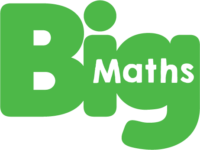
A Whole School
Maths Framework
Built on Basic Skills
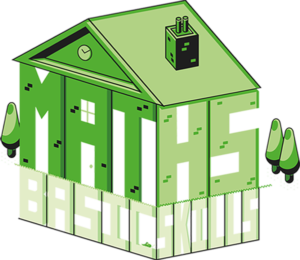
Curriculum Mapping
Within the Big Maths framework we recognise more than 1,000 small steps of progression. As a result of this detail, we can accurately map all of the expectations of your curriculum to our framework.
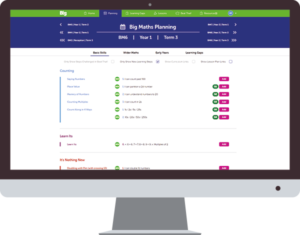
Our planning tools allow you to see all of the steps that are aligned to each term so you can decide when and what you want to teach, considerate of the needs of your pupils. For every term we show you new learning objectives and steps that we suggest you revisit because they are either pre-requisite or complementary to the new learning objectives that term.
Bespoke Teacher Notes and Resources
In Big Maths Online, you can access over 15,0000 bespoke resources to support teaching and learning. Each step has it’s own resources, with specific Teacher Notes that clarify the objective of that step. Most steps have bespoke resources including (where appropriate):
- Lesson PowerPoints
- Spaced Practice Resources
- Classroom Displays
- Prove It! Activities
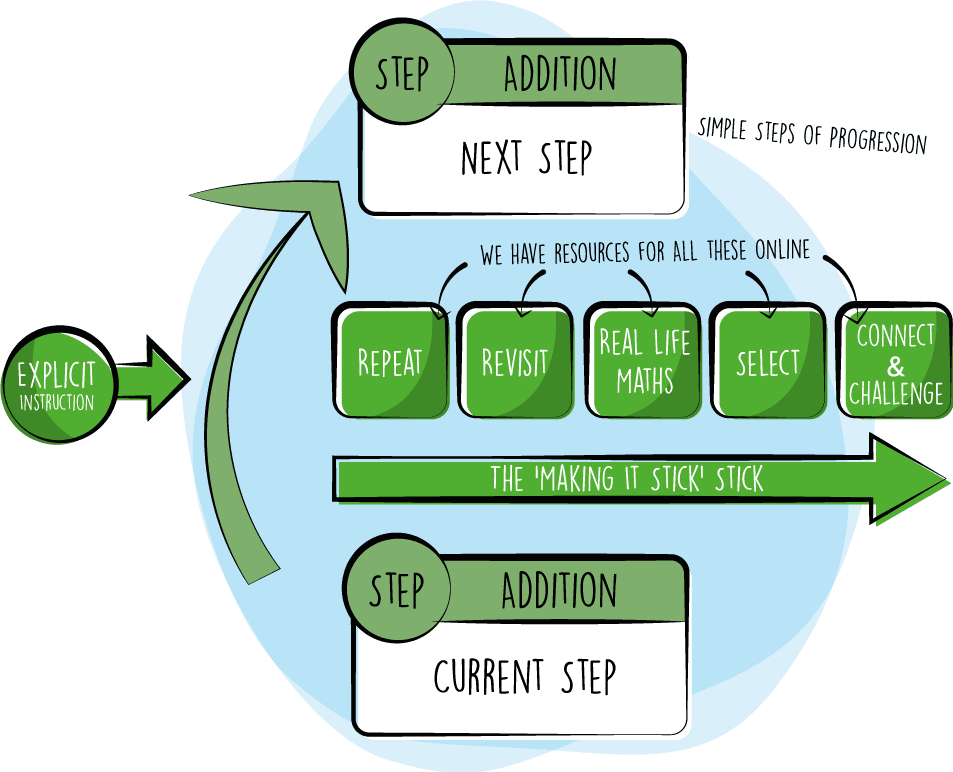
We help you to teach!

We give you tools and resources that help you to plan and teach your pupils, including:
- Identification of Learning Gaps
- Lesson Planning tools
- Over 15,000 resources
- Assessment and Tracking reports
Ever Improving!
We are always investing in Big Maths Online to improve performance, resources and tools to support you. We value feedback and requests from our family of teachers and school leaders, often incorporating these into our development plans. In 2024, we have introduced a new Home Learning website, and a Pupil Feedback feature as a direct result of teachers’ requests.
